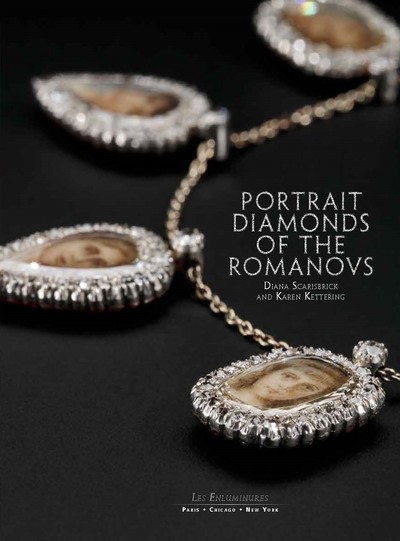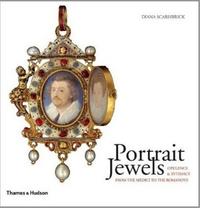Nous utilisons des cookies pour améliorer votre expérience. Pour nous conformer à la nouvelle directive sur la vie privée, nous devons demander votre consentement à l’utilisation de ces cookies. En savoir plus.
PORTRAIT DIAMONDS OF THE ROMANOVS
Holberton - EAN : 9781912168309
Édition papier
EAN : 9781912168309
Paru le : 31 déc. 2099
80,00 €
75,83 €
Epuisé
Pour connaître votre prix et commander, identifiez-vous
Arrêt définitif de commercialisation
Notre engagement qualité
-
 Livraison gratuite
Livraison gratuite
en France sans minimum
de commande -
 Manquants maintenus
Manquants maintenus
en commande
automatiquement -
 Un interlocuteur
Un interlocuteur
unique pour toutes
vos commandes -
 Toutes les licences
Toutes les licences
numériques du marché
au tarif éditeur -
 Assistance téléphonique
Assistance téléphonique
personalisée sur le
numérique -
 Service client
Service client
Du Lundi au vendredi
de 9h à 18h
- EAN13 : 9781912168309
- Editeur : Holberton
- Date Parution : 31 déc. 2099
- Disponibilite : Abandon de parution
- Barème de remise : NS
- Nombre de pages : 300
- Format : 0.10 x 16.50 x 22.50 cm
- Poids : 0gr
- Résumé : This lavish two-volume set focuses on a private collection of little-known portrait diamonds associated with the famed Romanov dynasty, monarchs who ruled Russia from 1613 to 1917. Among all the precious historical jewels, few are as precious as portrait diamonds. The portrait diamond – a miniature covered with a flat diamond unique for its shape as well as for its perfection and clarity – is an exceedingly rare personal ornament. The first study of the genre by the jewelry historian Diana Scarisbrick appeared only a decade ago (Portrait Jewels: Opulence and Intimacy from the Medici to the Romanovs, 2011). Scarisbrick has specified that most examples of portrait diamonds depict sovereigns and that they were among the most prestigious awards that could be bestowed at a European court. Objects with flat diamonds protecting miniatures also occur on several Fabergé Imperial Easter eggs, which owe their existence to the patronage of the Romanov court, as well as on Imperial cyphers. But this fascinating study examines for the first time the history of the portrait diamond in Russia, when the rare and unusual form achieved its greatest height under the lavish patronage of the Romanovs. Eleven portrait diamonds adorn six different jewels associated with Russian tsars, tsarinas, grand dukes, and duchesses, beginning with the legendary Peter the Great (1672-1725) and concluding with the four daughters of Nicolas II (1868-1918) and Alexandra Feodorovna (1872-1918): Olga, Tatiana, Maria, and Anastasia, whose tragic assassination occurred in 1918. Included also are Emperor Nicolas I, Empress Maria Alexandrovna, Grand Duke Vladimir Alexandrovich, among others. The jewels range from rings, to earrings, to pendants, and include one demi-parure. Their great rarity is corroborated in an Appendix by Karen Kettering that situates this group of eleven portrait diamonds among the fewer than fifty examples known in the world, many of which are either recorded but evidently lost or located today in important museum collections. The two-volume study is published as a boxed set which features new research, remarkable photographs, and diagnostic analysis of the genre of the portrait diamond. Volume I (published in a Russian edition and an English edition) is illustrated with spectacular photographs of all the portrait diamonds, along with short descriptions of each of them and a summary-introduction. Volume II (published in English) includes a longer introduction which examines the portrait diamond within the history of the genre with references to comparable examples made for members of the English and French courts and which traces the history of the portrait diamond in Russia through its patronage, its jewelers, and its relationship to the Fabergé Easter eggs. The introduction is followed by two in-depth studies by Diana Scarisbrick on the jewels for Peter the Great and the four sisters (known as OTMA after the initials of their first names) and by detailed descriptions for each piece by Karen Kettering. These studies set the jewels within a dazzling chronicle of Russian history marked by great reform and governed by incomparable wealth but also flawed by terrible violence and unspeakable tragedy. An accompanying scientific description of the fashioning of a flat diamond suitable for this genre explains clearly – perhaps for the first time – the rare and complex technique.



